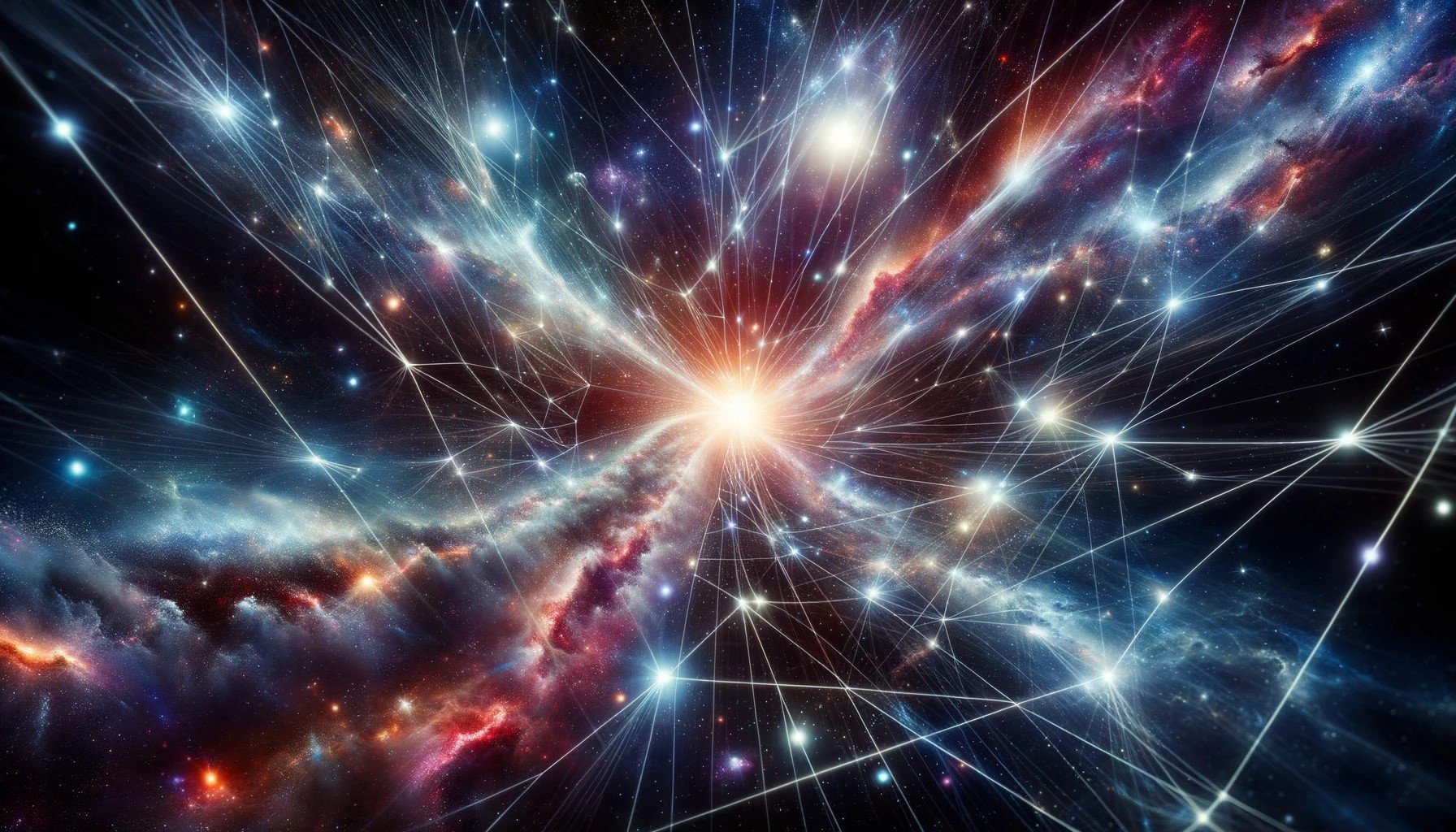Plotinus, a philosopher in the 3rd century AD, further developed Platonism into what is known as Neoplatonism. He introduced the concept of "the One", an ultimate principle of simplicity and perfection which all existence emanates from.
Stoicism and Neoplatonism
Platonism is a philosophy that originated from Plato, focusing on abstract, non-material ideas known as Forms, which represent the most accurate reality.


Quotes
Universal Logos to "the One"
Moreover, the concept of the universal Logos in Stoicism, which represents the divine rational principle that orders the universe, transforms into "the One" in Neoplatonism. Here, "the One" is seen as an ineffable entity that transcends all categories of existence and non-existence, unlike the Stoic Logos, which is accessible and immanent within the world. This philosophical progression highlights a deepening of metaphysical thought from Stoicism to Neoplatonism, focusing on mystical and existential dimensions of human experience.

